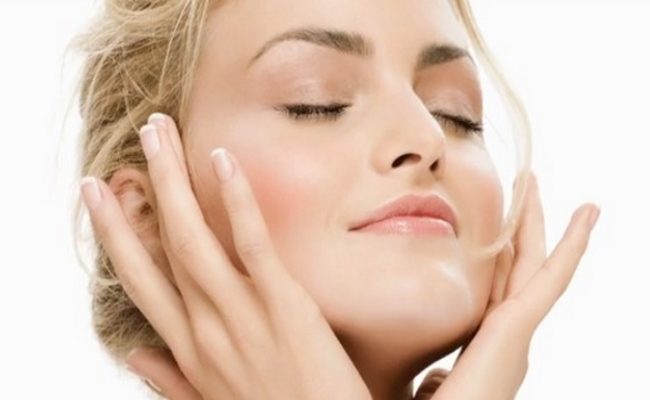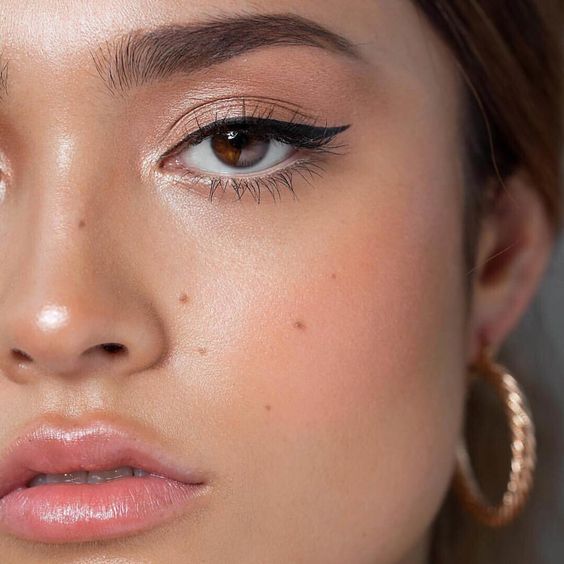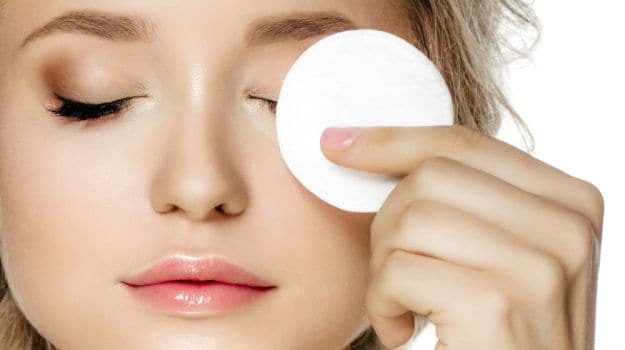Many men and women around the globe struggle with hyperpigmentation. This common skin condition consists of patches of skin become darker than the surrounding epidermis due to various conditions or events. Fortunately, its effects can be diminished, and hydroquinone cream is one of the most popular over the counter remedies for that.
5 Things to Keep in about Hydroquinone Creams & Skin Lightening
Hydroquinone is a safe ingredient, which is why you won’t need a doctor’s prescription to purchase products containing it. Still, there is something you will have to keep in mind if you start treating your hyperpigmentation with ointments based on it. Here are five essential facts about hydroquinone creams and skin’s lightening.
-
The Cream Requires Correct Integration into Your Routine
When a brighter complexion is what you are after, you need to keep in mind that skin lightening hydroquinone cream needs to be integrated into your beauty routine at the exact right moment. The product is best applied on clean skin, so make sure to rub it in gently after washing, purifying, and toning the complexion.
This step should also take place prior to moisturizing, as an additional layer of hydrating cream will influence the effects of the hydroquinone cream. After applying the ointment, wash your hands thoroughly to prevent unwanted lightening or discolouration in the area. It’s essential that you perform these steps in this exact order if you want to achieve visible improvements.
-
Always Use Sunscreen with Skin Lightening Products
The standard over the counter formulation for skin lightening creams in the category consists of 2% hydroquinone and 3% octisalate, an ingredient with notable UV ray protection benefits. However, you should always use additional sunscreen when applying the product, in spite of it already containing a layer of SPF of its own.
Over the counter, hydroquinone creams contain low amounts of sunscreen to prevent recurring dark patches. If you don’t put on an additional layer of SPF on the skin when you are outside, the effects of the product might be reversed and your hyperpigmentation will worsen. For this reason, it’s best to stay on the safe side and always guarantee the wellbeing of your skin.
-
Use It to Treat Hyperpigmentation Only
The U.S. Food and Drug Administration ruled hydroquinone and products containing it as safe for external use back in 1982. Nevertheless, this shouldn’t mean that the cream is an all-purpose one that can be smeared on the complexion in any situation. In fact, it is advisable to use it only in the treatment of hyperpigmentation caused by various skin conditions.
Acne scars, age spots, melasma, or marks left behind by eczema and psoriasis are all equally good reasons to take up hydroquinone treatment. Due to the active ingredient in the creams, aesthetically unpleasant dark patches will diminish in appearance and eventually fade away, leaving the surface of the skin smooth and even.
-
Hydroquinone Might Not Be Suitable for All Skin Types
Although hydroquinone is generally safe and doesn’t have drastic side effects, it might not be suitable for all skin types. According to Healthline, dry and sensitive complexions can experience irritation and further dehydration due to the cream. This consequence might wear off over time, but there are chances it won’t.
Normal, oily, or combination skin types aren’t as affected by this. To see if your epidermis can handle the action of hydroquinone cream, we recommend doing a patch test prior to full application. Take a small amount of the tincture and rub it on one small area of the face or body. If rashes and inflammation develop in 24 hours, cease usage immediately.
-
Natural Remedies Exist as Well and They Are Easy to Procure
Fortunately for those whose epidermis doesn’t play well with the effects of hydroquinone, there are plenty of natural alternatives for skin lightening that you can easily procure. Antioxidants such as vitamins A and C are known for their brightening effects, so something as simple as a squeeze of lemon juice will help you achieve the desired look.
Yogurt is another household ingredient whose benefits in this respect have been demonstrated. Mix it with some oatmeal for gentle exfoliation, and you will achieve skin that is lighter and more glowing than ever. The probiotic bacteria in this delicious dairy product also provide some advantages, as they hydrate and plump up the complexion for a youthful look.
The Bottom Line:
Hydroquinone is a harmless ingredient that helps lighten the skin by diminishing the unpleasant appearance of dark patches. Nevertheless, you should always be careful how you apply it. Make sure the skin is clean, and always combine it with sunscreen if you plan on leaving the house. Check to see if the formula works for your skin’s type and if it doesn’t consider all the amazing natural remedies out there.
See More As:
- Levi’s Latest Men Tapered Jeans Trends & Fashion
- Importance of the Endocannabinoid System in Skin Health
- How to Throw an ’80s Theme Party/ Bash in Simple Five Steps
- How to Make DIY Acne Masks To Treat Skin Problems
The post 5 Things You Should Know about Hydroquinone Creams and Skin Lightening appeared first on StylesGap.com.
from StylesGap.com https://ift.tt/2PkTZfj
via Regular Machine Embroidery Designs

.png)





No comments:
Post a Comment